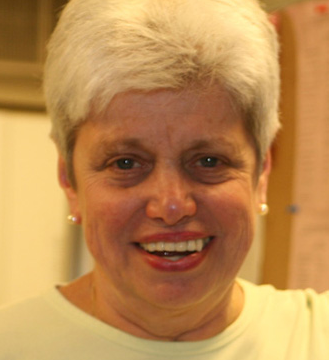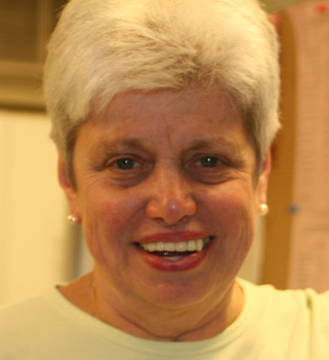
January 8, 2015 10:20 am Helping Your Child Be A Successful Learner
Parents wonder what they can do to help their children become successful learners. There are certain “mind sets” that are important for young children to develop which will help them considerably later on. One is known as “hypothesis testing.”
Children have a lot of questions about the world. Often they make a wrong assumption about why something happens. You can provide the correct explanation, but a better way is not to provide an immediate answer. Rather, pose another question, or set up a situation and let them begin to figure it out for themselves. Help them conduct experiments to find the answer.
One well-known example of hypothesis testing was done with young children at the famous Reggio Emilia pre-schools in Italy. Children were asked for their theories about shadows. What is a shadow? What makes it happen? Their ideas were comical. Some thought the shadow was caused by air escaping from their bodies; when they didn’t see their shadow, some said it had gone back into the sun. Others puzzled over the fact that when they ran, their shadow was sometimes ahead of them, and sometimes behind. They said, “Feet are like magnets. They keep the shadow attached,” and wondered if they changed shoes with another child, would their shadows switch too?
Rather than giving the children facts about shadows, the teachers set up situations in which they could test their hypotheses against everyday evidence, and discard the ones that were based on misconceptions. The children were asked to draw themselves and their shadows, and then go outside to check if the drawing was accurate (most weren’t, at first – the shadows were too far from their bodies). They tried to cover their shadows with stones and sheets (they couldn’t). They experimented with flashlights and shadow screens. They revised their original assumptions. Eventually they discovered that light causes shadows and that being closer to or further away from the light source influences the shadow’s size. The experiments continued until the children became shadow experts.
Young children test hypotheses every day. Most will arrive at an answer if given the opportunity to explore, with a little adult guidance. Misconceptions are not mistakes; they are opportunities to retest, rethink, and come to a more logical conclusion. The child becomes a scientist, experimenting, evaluating, trying new solutions until the “aha” moment is reached. This ability to test theories will be extremely helpful in later education.
There are other “mind sets” to help a child become a successful learner. I will discuss more of them in the next column.
Marianne Riess is the former head of the Putnam Indian Field School in Greenwich, CT. She has 40 years experience in working with young children.



